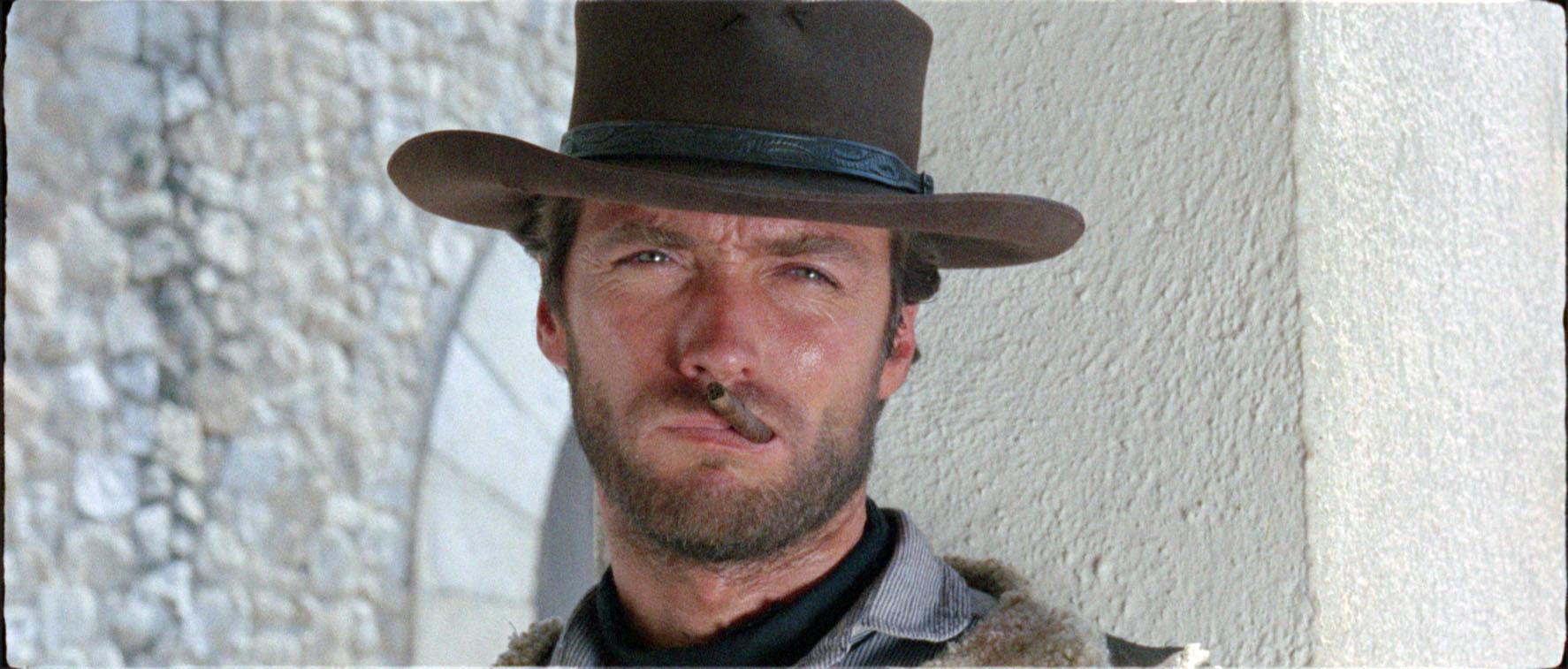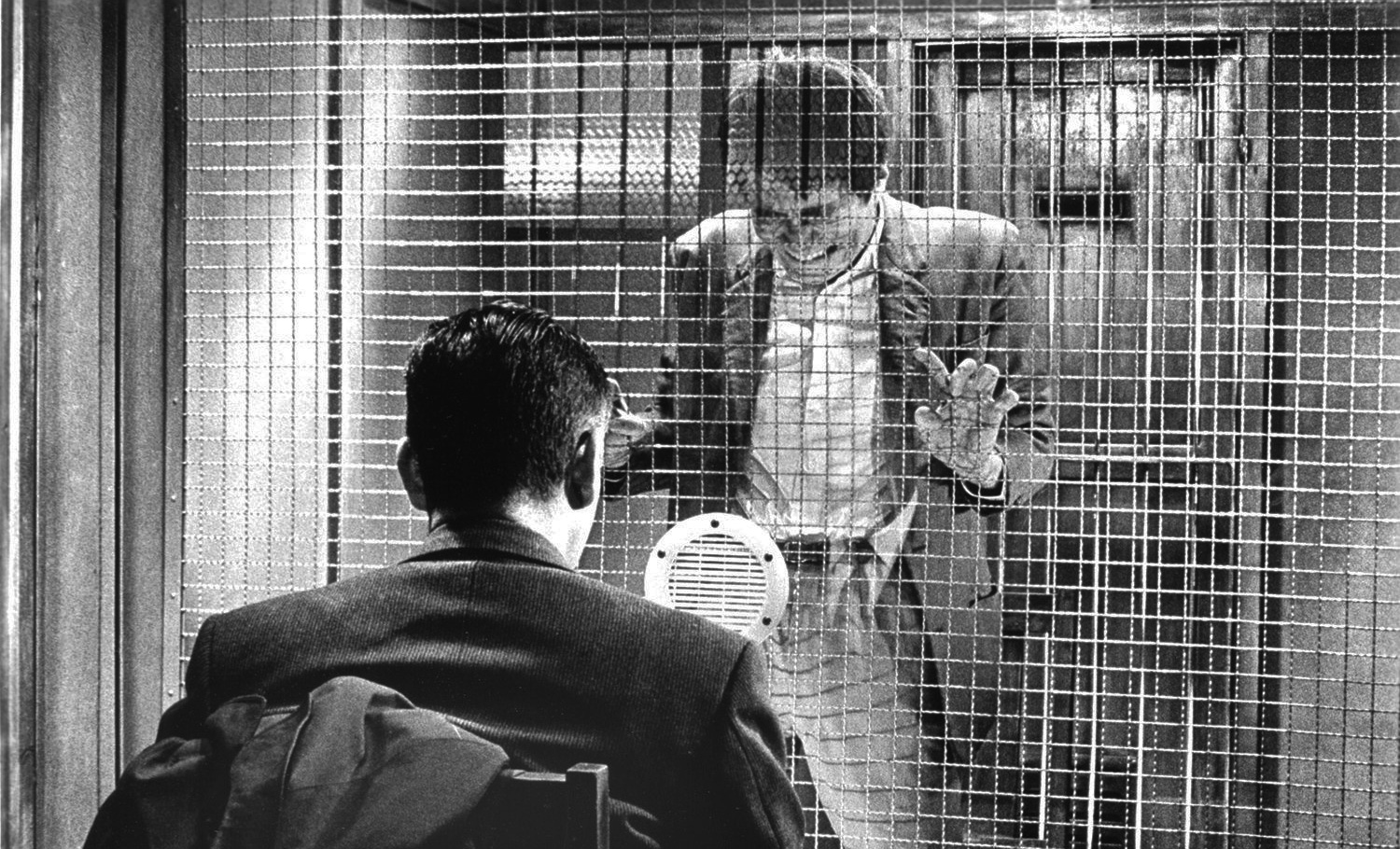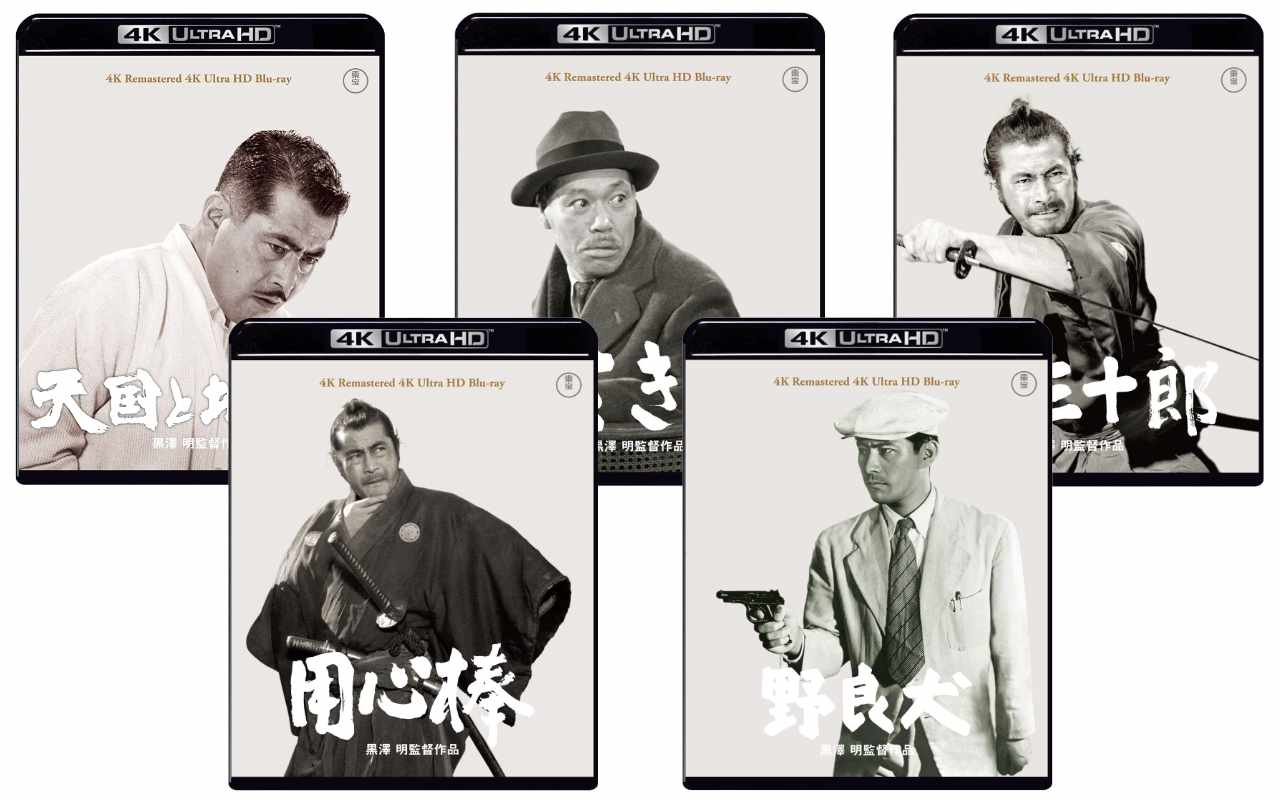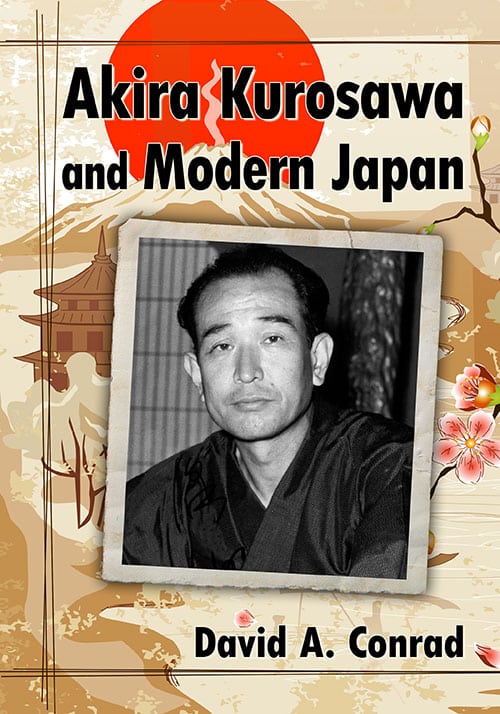Tiger's Tail: Sake
-
12 November 2010
21 November 2010
I just had my first look at the film last night, so I haven’t really had time to think it through. I was far more entertained by it than I expected. I just had a brief read up afterwards (I try to make a point of only reading up about a film after I see it), but Richie seems to suggest that the saki scene comes straight from the kabuki versions. He says the main difference between the various kabuki versions comes from the dispute as to whether the bailiff was fooled by Benkei, or if he released them because he was so impressed with their pretense, so how the following scenes play differ according to the interpretation. Richie seems to suggest that the scene is designed to allow Benkei to acknowledge that that he wasn’t as successful as he thought, or to be precise, his ruse worked, but in an unexpected way (i.e. the Bailiff let them go for humane reasons, not because he was fooled).
I was puzzled though, by the lack of control shown by Benkei with the drink – my initial thought is that this is deliberate, to humanise the hero, (or to take him down a peg). I’m sure there are other levels to this, but my first thoughts are that this is similar to later Kurosawa films in which the ‘heroes’ or upper classes, are shown to be really no better than the supposed lower orders, but at the same time, at the end, no matter how honorable they are, they treat the lower orders with disdain, even when they are trying to be generous (i.e. giving the cloak and gift at the end).
21 November 2010
By ‘saki’ in my post above, I meant ‘sake’ of course. I’m getting my writers and my drinks mixed up again 🙄
24 November 2010
My reaction on viewing the film was that Benkei was drinking in such huge quantities in relief at having gotten past the barrier, but that reaction is based solely on the arc of the story. Some quick web research shows that drinking and, more to the point, pouring sake on the ground is a Shinto purification ritual. That seems to support the theory that he was atoning for having to beat Yoshitsune to maintain their cover.
As for the porter: I suspect he drinks because of his relief and because it’s probably better stuff than he’s used to — something underlined when the vessel it’s in is taken away from him.
For what it’s worth, drinking sake is also an integral part of a Japanese wedding ceremony irrespective of the religious tradition involved.
28 November 2010
You are right Ugetsu, I didn’t realise that Richie actually refers to the kabuki play in that paragraph. It doesn’t quite explain the excess of the drinking though. It could be the relief he feels, or his punishment for what he has done to Yoshitsune, or a way of cleansing himself, as lawless suggests.
By the way, I actually think that Benkei realises that their true identity is known to Togashi already before they leave his cross examination. There are a few rather meaningful glances exchanged between the two.
28 November 2010
I’ve been trying to come up with something interesting to say about ‘Tigers Tail’, but it is such a straightforward story I think there isn’t a lot to say about it. This isn’t to say its not interesting – I enjoyed it, and I think the subtleties of the way the characters interrelate, especially Benkei knowing Togashi should be stopped, but refusing to do so, its superbly done. Its a model of how a folktale (which tend to be quite simplistic) can be made into something cinematic, without going all Freudian (which seems to be the standby mode for film makers adopting ancient tales). Either that or ‘gritty’ in the case of the recent Robin Hood. I think Kurosawa’s approach – to both satirise the genre, while also deepening the psychological realism of the scenario – works extremely well.
As to the drunkenness, I didn’t understand it at first, but the more I think about it, the more real it seems – it is an understandable release for someone who has kept cool under such enormous pressure. And presumably its a fundamental to the original tale.
28 November 2010
I actually see Tiger’s Tail as anything but straightforward. Or as really realistic, for that matter. I’m not sure what it is exactly, but there seems to be quite a number of levels to the film that exist simultaneously.
There certainly is a level of realism there, especially in the exchange between Benkei and Togashi. Yet, somehow I have the nagging feeling that both characters are also well aware of being part of a play (or a play within a play, considering that it is already a play that Benkei is putting up for Togashi). Then there is the porter, who clearly doesn’t belong to this play, yet somehow drives the narration, and more or less works as a in-story substitute for the audience. Perhaps he is our benshi, a silent film narrator? In any case, he is an outsider, if not to the film, at least to the play, to the group, and to the historical context within which the events take place.
I wonder if Benkei actually drowns himself in the sake because he is aware of the ultimate historical fate waiting for him? That this is just a temporary escape and he, together with Yoshitsune, will be caught and killed?
A potential additional layer to all this is wartime propaganda. Does Tiger’s Tail have something to say about the war during which it was made? Can it be seen as a commentary on the situation in which Japan had found itself at the end of the war? What and whose exactly is the the tiger’s tail that the characters are treading?
Or is the film perhaps ridiculing wartime propaganda, presenting a well-known heroic and happy ending to a story that was also well known to have historically had anything but a happy ending?
As the number of question marks again indicate, I don’t really know. But the film does raise many questions in my mind.
28 November 2010
Vili
Does Tiger’s Tail have something to say about the war during which it was made? Can it be seen as a commentary on the situation in which Japan had found itself at the end of the war?
Its an interesting notion – am I right in thinking that the film was conceived at a time when it was clear that the war was lost? I assume the problem the Japanese censors had at the time was that the character of the porter was seen as undermining the seriousness of the story, implicitly poking fun at the powerful.
Perhaps its reading too much into it, but I wonder if the notion of the Bailiff giving the warriors a ‘pass’ was an implicit comment on how the US occupiers were giving a nod and wink to the establishment in Japan, while making scapegoats of individual officers and politicians like the Prime Minister Tojo? A sort of commentary on how those who could weave a good story could survive in a way that those who confronted the situation more directly could not. Presumably, at the time there were a lot of individuals desperately trying to either prove their usefulness to the occupying power or pretending they weren’t really militarists. I’d imagine someone like Kurosawa observing what was going on with a rather jaundiced eye.
29 November 2010
am I right in thinking that the film was conceived at a time when it was clear that the war was lost?
I would think so. Germany had surrendered in May, leaving Japan the sole remaining Axis power with the Allies closing in from the south. Already months earlier, Japan had begun trying to negotiate terms for surrender with the Allies. In June, the Japanese government announced that the nation would continue to fight until the bitter end rather than accept unconditional surrender.
By the time Kurosawa begins working on the film (sometime mid to late July, I don’t know exact dates), Japan has been forced to withdraw from most of Asia and the Allies have begun to bomb Japan itself. In August, atomic bombs are dropped on Hiroshima and Nagasaki and the Soviet Union has declared war on Japan. Kurosawa’s mentor Kajiro Yamamoto is already working on a film “commissioned by the government to prepare audiences for the mass suicide upon the now-inevitable American invasion” (Galbraith, 59). Then Japan surrenders, while Kurosawa is still shooting his film. American soldiers visit his set (as do film makers John Ford and Michael Powell). By the time Kurosawa wraps up the production in September, General MacArthur has already arrived to Tokyo and the Occupation period has begun.
I would be surprised if Kurosawa wasn’t thinking about how to react to all this while working on the film. Whether he was already thinking as far ahead as the war crimes tribunals, I don’t know.
I wonder if the titular tiger stands for the Japanese aristocracy, i.e. the samurai families that had driven the country towards fascism and militarism. But who, really, is stepping on whose tail here?
10 October 2021
the porter (enomoto kenichi) was great. i hadn’t seen him before in any film, so i initially mistook him for fujiwara kamatari, but it quickly became clear that their similarity lay mostly in their apparent physical stature. enomoto’s comedic facial contortions remind me of rowan atkinson’s — so much can be conveyed without a word.
“Or as really realistic, for that matter.”
perhaps someone can inform me whether medieval japanese monks were in the habit of carrying katana. i thought it strange that warriors disguising themselves as monks wouldn’t stand out by each sporting a katana at his hip. the in-story explanation of their having to commit violence here and there was unsatisfying. on the other hand, a three-foot sword could be useful in meal preparation and the trimming of toenails; everybody gotsta have one.
vili mentioned that the checkpoint scene would be echoed in the hidden fortress. another similarity with that film: the baddies looking out for the protagonist party characterized by a particular numerical count, with said count being offset by a new addition to the party.
Leave a comment
Log in or to post a comment!






At the very end of The Men Who Tread on the Tiger’s Tail, one of Togashi’s men catches up with Yoshitsune and Benkei’s group, bringing them sake. Things soon get quite out of hand, as both the porter and Benkei almost literally drown themselves in huge quantities of the drink.
The only summary of Kanjincho, the kabuki play the film was based on, that I could find, does not mention this scene at all. Meanwhile, the script for Ataka, the noh play that served as the source for Kanjincho, does include the scene, but with two major differences: Togashi himself brings the sake, and there is apparently only one bottle of it.
The question then is, why are there such huge quantities of sake in the film? As my introduction to the film tries to suggest, the film may be more nuanced and may operate on more levels than a cursory look at the work might at first suggest. Does the sake, and more specifically its quantity, then signify something? Or is it just some comic relief after the main tension of the story has faded? Is it an inside joke referring to Kurosawa’s own relationship with the drink?
Is it Benkei’s way of coping with his feelings about having beaten up Yoshitsune? Can sake purify him for the offence? Or does Benkei perhaps suspect that the sake is poisoned (as he does in the noh play), and heroically decides to drink as much of it as he can, so as to commit suicide, prevent others from drinking it, and redeem himself for his earlier actions towards his master?
Narratively, is it a way to get both the porter and Benkei so drunk as to have them both dance, therefore pairing the two characters and indicating that just like both of them are heroes, both of them are also fools? It does, at least, work as a convenient way of getting the porter out of the story, as he now falls drunken onto the ground, and when he wakes up later, everyone else is gone, his part in the episode lost for any historical accounts.
What do you make of the scene? As you can see, I only have questions to offer (albeit suggestive ones).